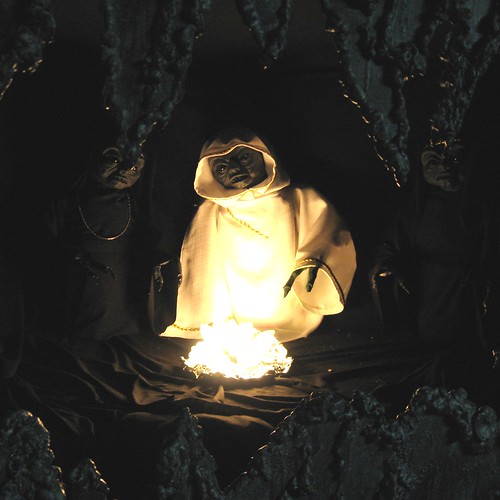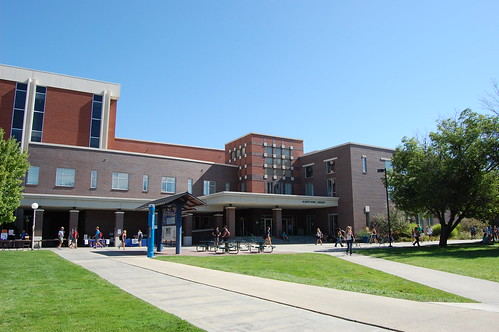 |
| Frank Church at a fair during his campaign for reelection as Senator in 1962. |
“More Than They Took:” A Look at a Fourth of July Speech Given by Senator Frank Church
Frank Church was a senator from Idaho who served four consecutive terms in Congress from 1956-1980. His collection in Special Collections spans over 800 boxes and is the largest collection in Special Collections as well as the most heavily used. During his 1962 campaign for reelection to the Senate, Church delivered a speech on July 4 in Grangeville, Idaho. The speech titled “More Than They Took” was given as part of the Fourth of July Centennial Program of the Idaho County Historical Society.
The speech covered the historic event of pioneers coming to the Idaho County area in 1862, and Church shared several stories about the pioneers. The early settlers worked in the mining camps and faced many hardships – lack of food and supplies and disease. The village of Florence was hit by a severe snowstorm on July 3, 1862. Trains often could not get to the area until May, and men would often carry packs of provisions weighing 60-75 pounds to the villages in the area. There were also many unique characters in Idaho County in its early days, including a poet called “Pine Tree Johnson” who lived under a pine tree rather than living in a house and ran for the Idaho legislature and won.
Church also shared the legend that it was in Idaho County where the state got its name. Joaquin Miller, the “Poet of the Sierras,” was a pony express rider for the mines of Idaho. According to Miller, “Ee-dah-how” meant the “Gem of the Mountains.” In speaking of the Fourth of July holiday, Church said,
“It is our most truly American holiday. And it is also more lively, joyous, and patriotic than any other holiday.”
To view the full speech and other materials in the Frank Church Collection, visit Special Collections on the second floor of the library or send an email to
archives@boisestate.edu. The guide to the collection can be viewed
here.
Julia Stringfellow,
Archivist/Librarian and Assistant Professor






